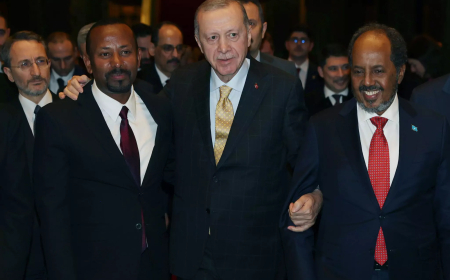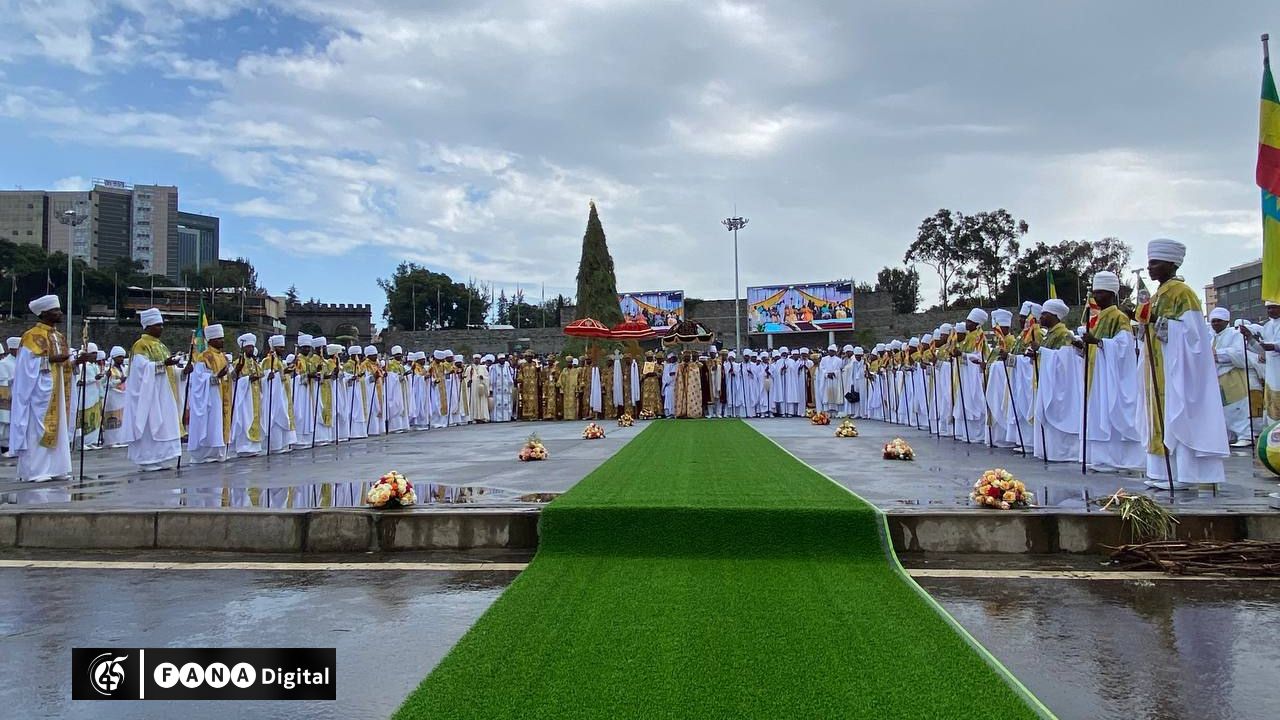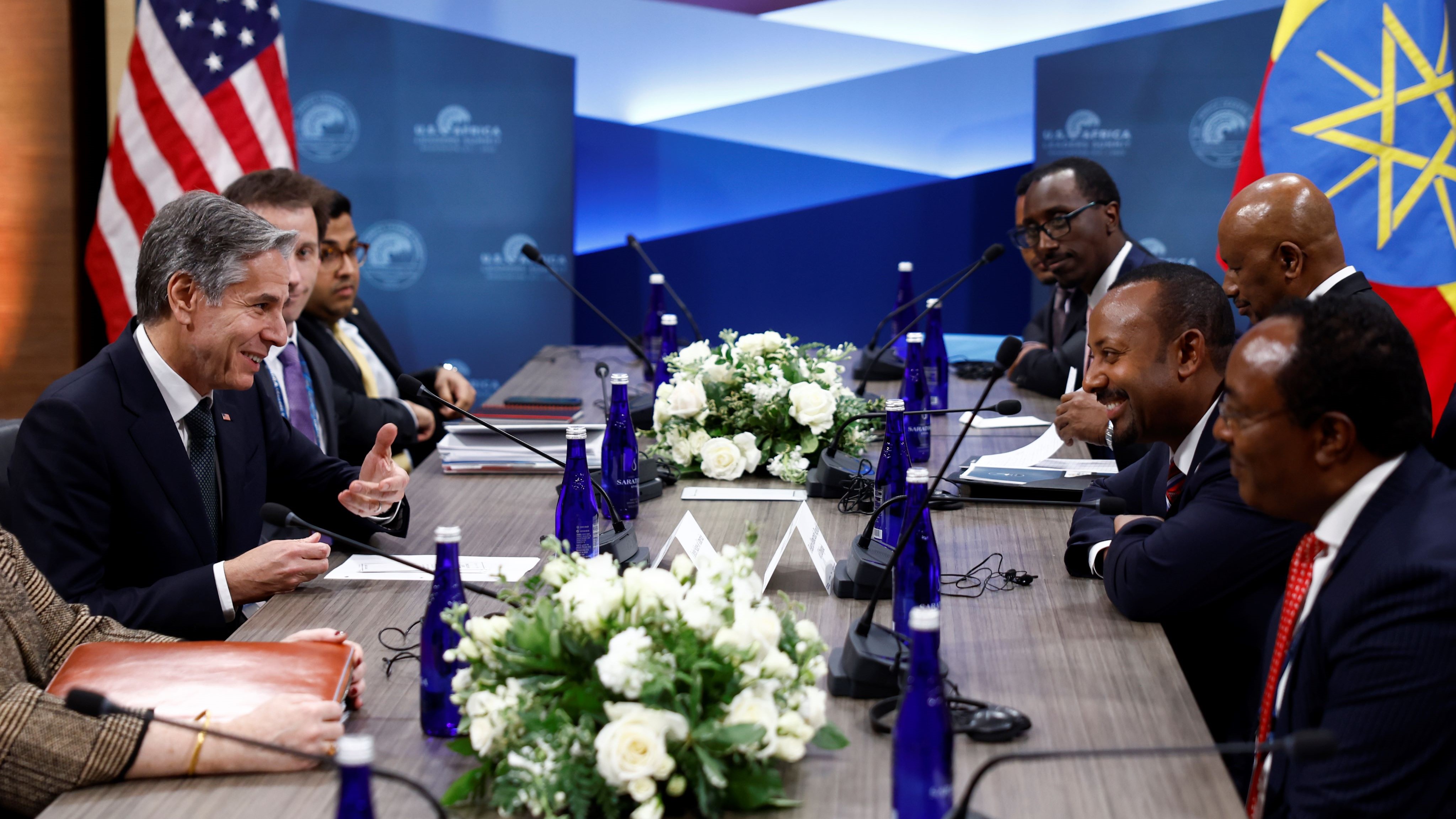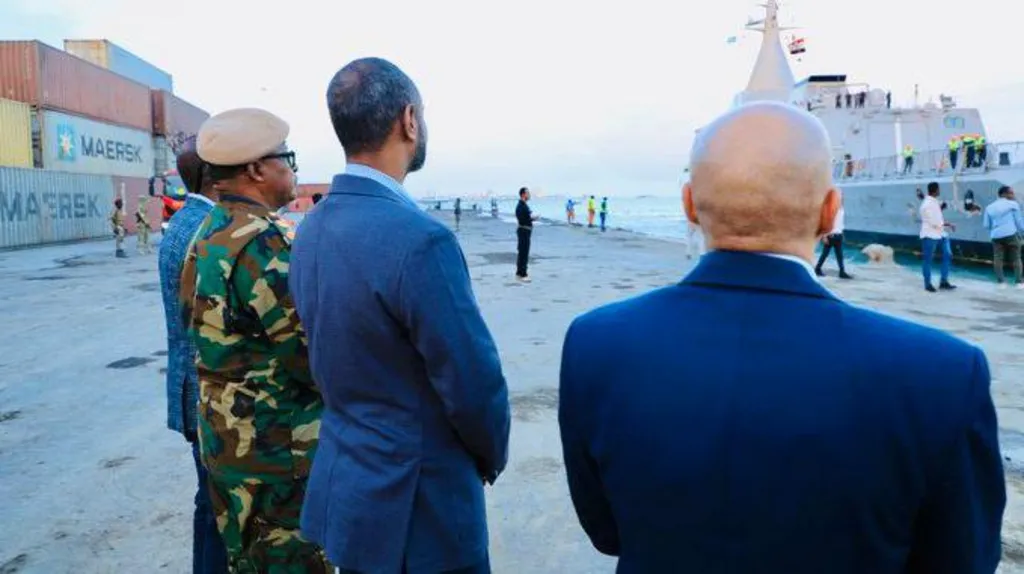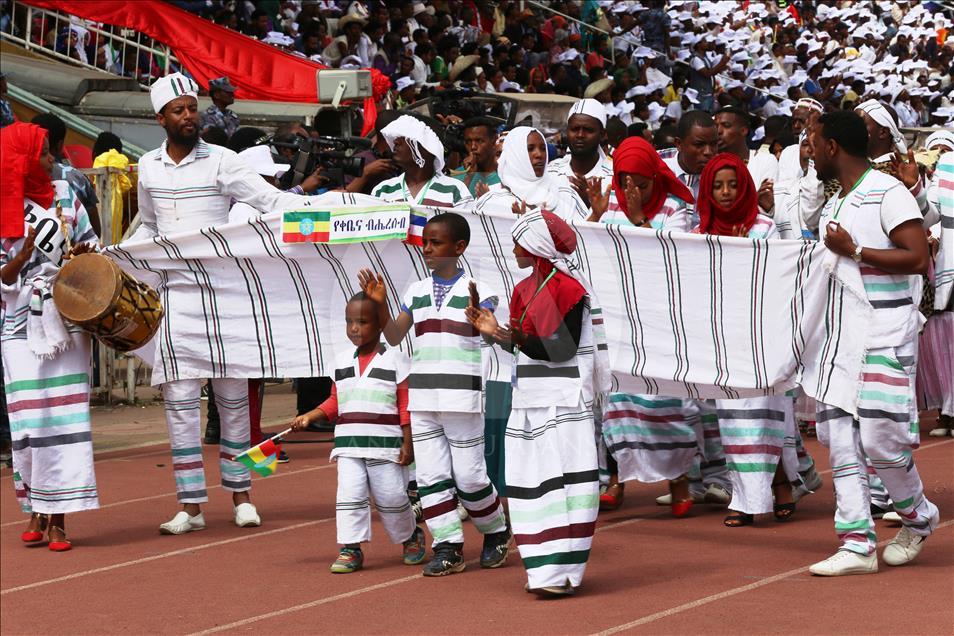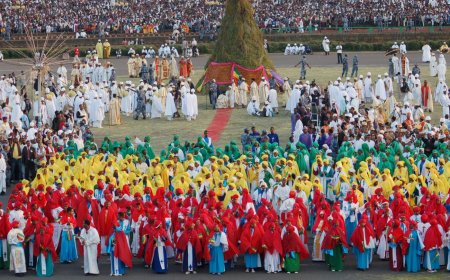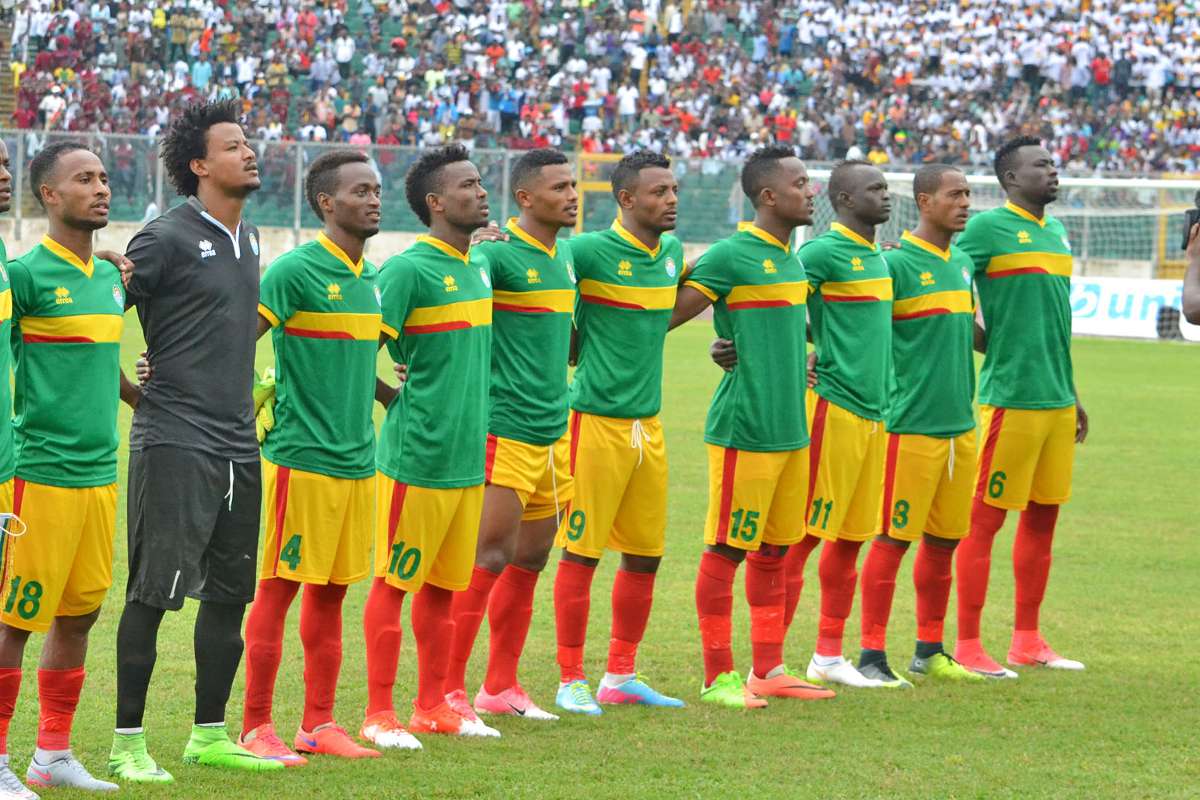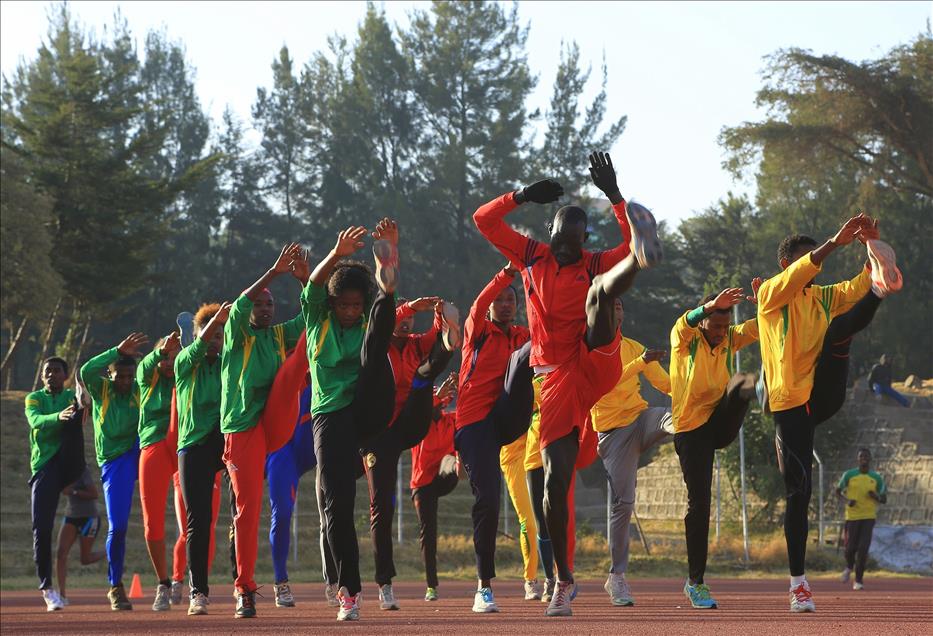The Challenges and Opportunities Facing Ethiopian Athletics
Delve into the challenges Ethiopian athletics faces, including funding, infrastructure, and talent retention, while also exploring the opportunities for growth, innovation, and international success. Discover how these factors impact the development of athletes and the sport as a whole.

Ethiopia has long been a dominant force in the world of distance running, producing countless world-class athletes. However, the country's athletic landscape is not without its challenges. Here's a look at some of the key issues facing Ethiopian athletics and the potential opportunities for growth:
Challenges
- Financial Constraints: Despite the country's success, Ethiopian athletics often faces funding shortages, limiting access to training facilities, equipment, and coaching.
- Infrastructure Limitations: Lack of proper infrastructure, such as running tracks and sports facilities, can hinder the development of athletes and create challenges for training and competitions.
- Talent Drain: Some talented Ethiopian athletes may choose to relocate to other countries for better opportunities and resources, leading to a loss of talent for the nation.
- Drug Testing and Doping Scandals: Ethiopia has faced challenges with doping scandals, which can tarnish the country's reputation and undermine the achievements of clean athletes.
- Changing Global Landscape: The rise of competition from other countries, particularly Kenya and Uganda, has increased the pressure on Ethiopian athletes to maintain their dominance.

Opportunities
- Youth Development: Ethiopia has a large and young population, which presents a significant opportunity for developing new talent and ensuring the continuation of the country's athletic success.
- International Partnerships: Collaborations with international sports organizations, federations, and countries can provide valuable resources, expertise, and opportunities for Ethiopian athletes.
- Sports Tourism: The success of Ethiopian athletes can attract sports tourism, generating revenue and promoting the country as a destination for sporting events.
- Corporate Sponsorship: Increased corporate sponsorship can provide financial support for athletics programs and help create a more sustainable environment for athletes.
- Grassroots Development: Investing in grassroots programs can help identify and nurture young talent, ensuring a pipeline of future champions.
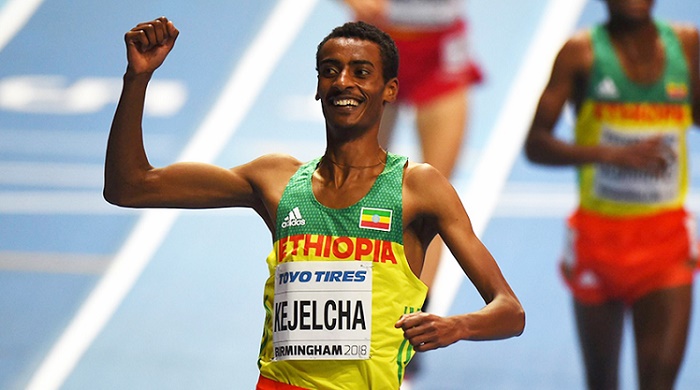
To address these challenges and capitalize on the opportunities, Ethiopian athletics will need to prioritize:
- Increased funding and investment in sports infrastructure and programs.
- **Strengthened anti-doping measures and education.
- **Development of youth academies and grassroots initiatives.
- **Promotion of sports tourism and corporate sponsorship.
- **International collaboration and partnerships.
By addressing these issues and seizing the opportunities, Ethiopian athletics can continue to be a global powerhouse and inspire future generations of athletes.
What's Your Reaction?
 Like
1
Like
1
 Dislike
2
Dislike
2
 Love
1
Love
1
 Funny
1
Funny
1
 Angry
1
Angry
1
 Sad
1
Sad
1
 Wow
0
Wow
0
